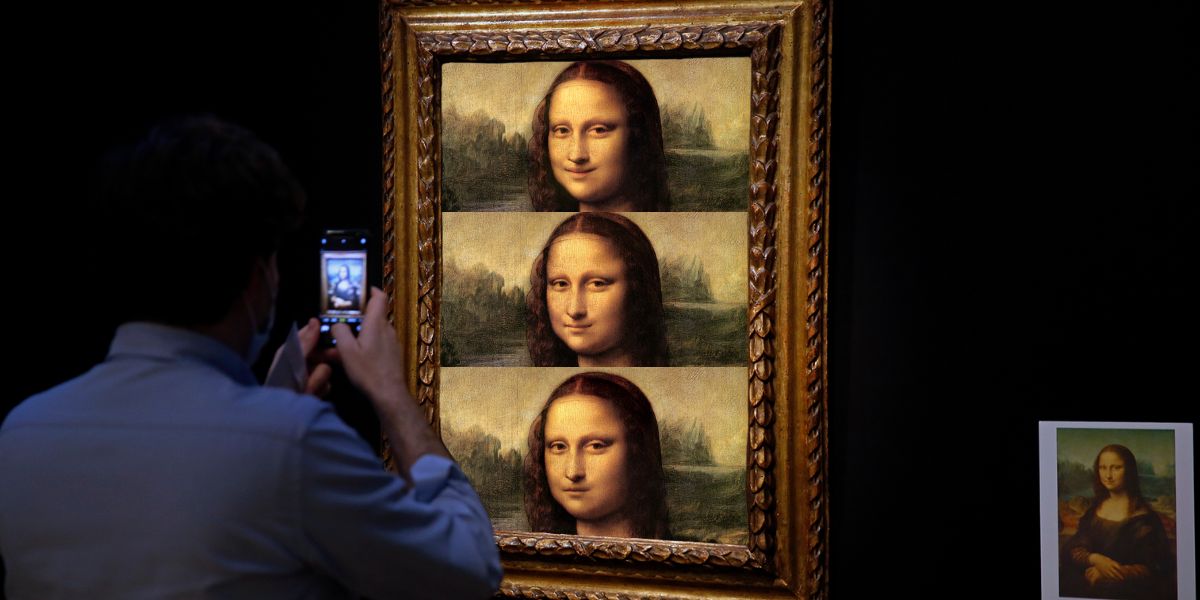For centuries, Leonardo da Vinci’s Mona Lisa has captivated audiences with her elusive expression. Is she smiling? Is she not? The debate has persisted, fueling countless theories and discussions.
However, recent research from the Institute for Frontier Areas of Psychology and Mental Health in Freiburg suggests that the mystery might be less enigmatic than previously thought.
In a series of experiments, participants were shown the original Mona Lisa alongside digitally altered versions depicting varying degrees of happiness and sadness. Remarkably, viewers consistently identified the original painting as “happy/smiling,” even when surrounded by sadder versions.
Lead researcher Jürgen Kornmeier expressed surprise at the findings, noting that the results challenge the common opinion among art historians regarding the painting’s ambiguity.
The study also highlighted how context influences perception. When the Mona Lisa was presented among sadder images, participants perceived her as even more cheerful. This suggests that our interpretation of expressions is not absolute but adapts based on surrounding stimuli.
While the Mona Lisa’s smile has long been considered enigmatic, this research indicates that viewers predominantly see her as smiling. It appears that the mystery may lie more in our interpretations than in the painting itself.









